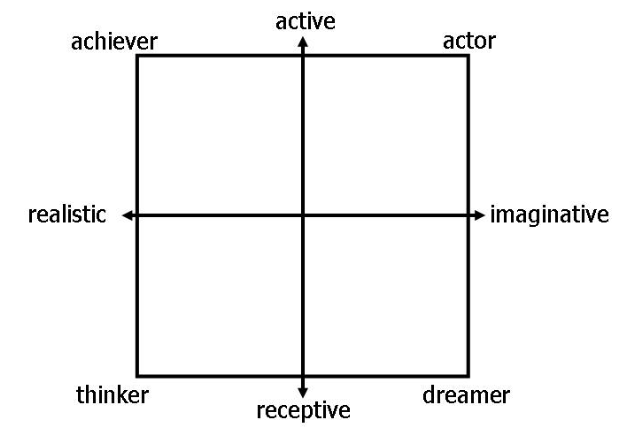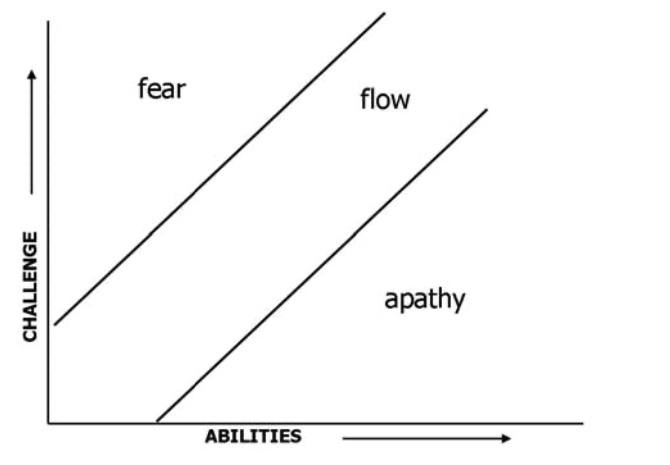Play value is what motivates people to start playing, to continue and elaborate the play activity, what makes them feel satisfied when they stop and what makes them return to the activity.
One can look at Experience Architecture (EA) from many different angles and disciplines. Art, Advertisement, Theatre, Politics, all over the place specialists try to create experiences. This article focuses on the discipline of Toy Design and how experiences are created and evaluated in this field. Mathieu A. Gielen wrote an interesting paper aiming at the challenges of designing experiences through toys.
3 Major concepts for Experience Architects: Aimlessness, Empathy and Play value.
The paper describes three major concepts that are not only valid in the field of toy design but can be easily adapted to other fields of EA. Think about a performative intervention or an artwork in a museum – most of the time you can find at least one of the below mentioned components. Let´s start with a short summary: Aimlessness describes the idea of creating an experience without hoping to have a concrete result. It´s about the process and there are unlimited ways of how to reach the possible personal goal(s) of the recipient. Gielen mentions two approaches of how to create „aimless experiences“: On the one hand Experience Architects are invited to switch regularly in between the different perspectives of the architect, the parents/recipients and the child. On the other hand the author mentions a diagram of behaviour types based on Kolb (1984). Within this diagram Experiences can be positioned and specifically adapted to a larger target group.

Diagram of behaviour types, Kolb, 1984
When it comes to the second concept, empathy, Gielen criticises (over)analysing children/recipient behaviour. There might me the danger of deconstructing the „phenomenon child/recipient“ in a too technical way. He suggests to find one or more recipient ambassadors in the direct surrounding who/which act as ambassadors for a larger group of recipients.
„Play, is directed towards the experience itself, more than to achieving a specific lasting result.“ The third concept is the play value. Following the author different elements are critical to achieve play value in experiences:
Behaviour types: Experiences do not have to interest every person. Individual preferences, interests, knowledge, skills or character are relevant for the connectivity of a experience. The Experience Architect is free to decide wether to adapt the Experience to a wider group or not.
Types of play: The author mentions Vermeer (1972) and Vedder (1977) to analyse various types play that work for different (age-)groups. Some Experiences might be easily compatible other not.
Levels of complexity: Experiences can also be adjusted in their complexity. Csikszentmihalyi´s concept of flow is perfectly suitable to locate one´s experience regarding that factor.

Concept of flow, Csikszentmihalyi, 1975
Read the full article HERE.
*Kolb, D.A. (1984): Experiential learning: Experience as the source of learning and development, New Jersey: Prentice Hall. **Vermeer, E.E.A. (1972) Spel en spelpaedagogische problemen, Utrecht: Bijleveld. ***Vedder, R. (1977) Observatie van kinderen, Groningen: Wolters-Noordhoff.****Csikszentmihalyi, M. (1975) Beyond boredom and anxiety: experiencing flow in work and play, San Francisco: Jossey-Bass Publishers.
